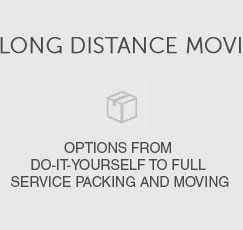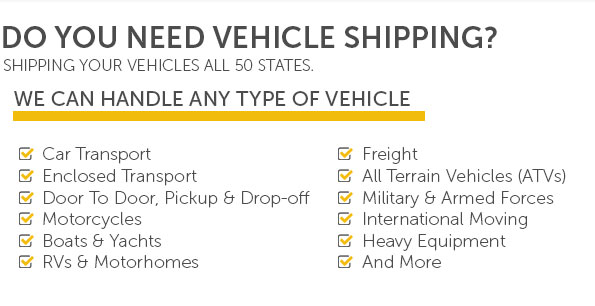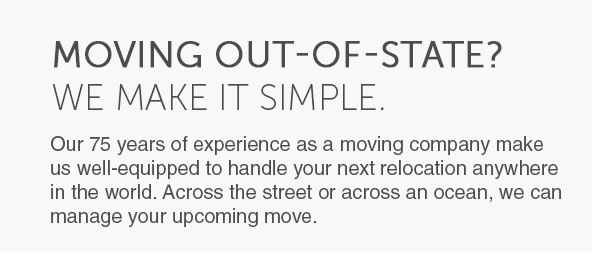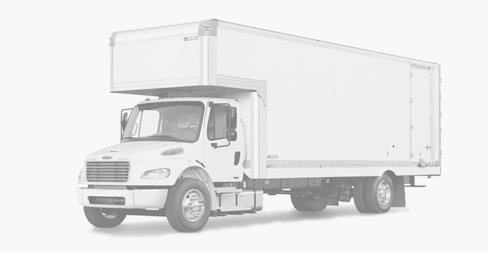 |
 |
 |
|||
 |
 |
 |
 |
 |
 |
 |
 |
 |
 |
 |
 |
|
skhgo79tem1 Unleash the power of smart moving with our unparalleled moving quotes that put you in control of your journey; no more guessing games or hidden fees, just transparent, upfront costs to move that empower you to make informed decisions, because your peace of mind is our mission-discover the difference today and transform the way you relocate forever.
https://www.thisoldhouse.com/moving/how-much-does-it-cost-to-move-a-mobile-home
Mobile home moving companies differ in how they calculate rates. Some charge a per-mile rate, typically $5$15 per mile. https://www.ramseysolutions.com/real-estate/how-much-does-it-cost-to-move?srsltid=AfmBOooSegBGgOHQQzb1SnZiQ-dUXfKqIuxoY47Yprh22alMKHObYV7T
The average cost to hire pros for a local move is around $1,700. The average cost of a long-distance move is about $4,800. Keep in mind, there ... https://www.rocketmortgage.com/learn/moving-costs
You can typically expect to pay around $879 $2,543 for a local move, but a move of 100 miles or more can cost $2,700 $10,000. Some of this ...
|